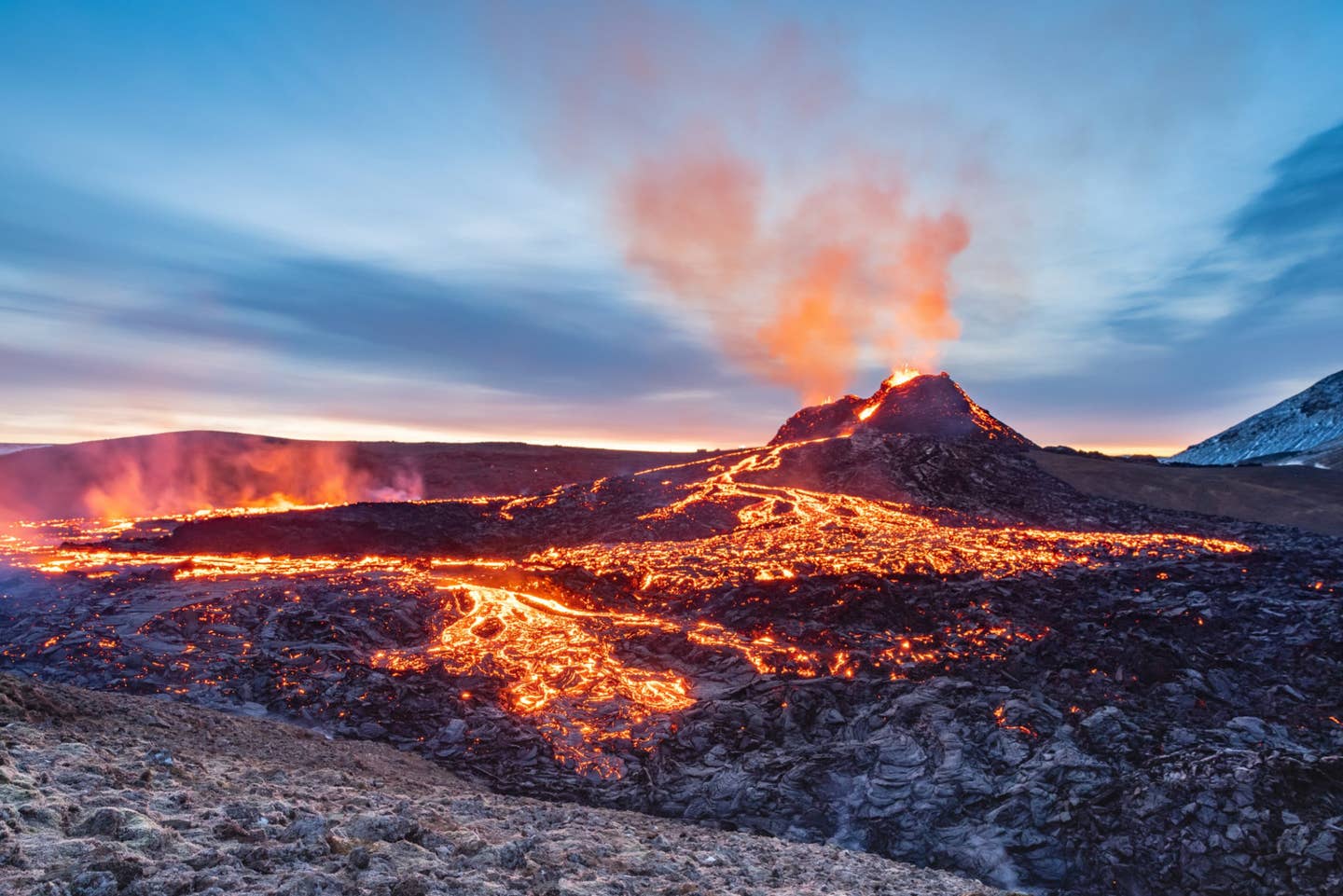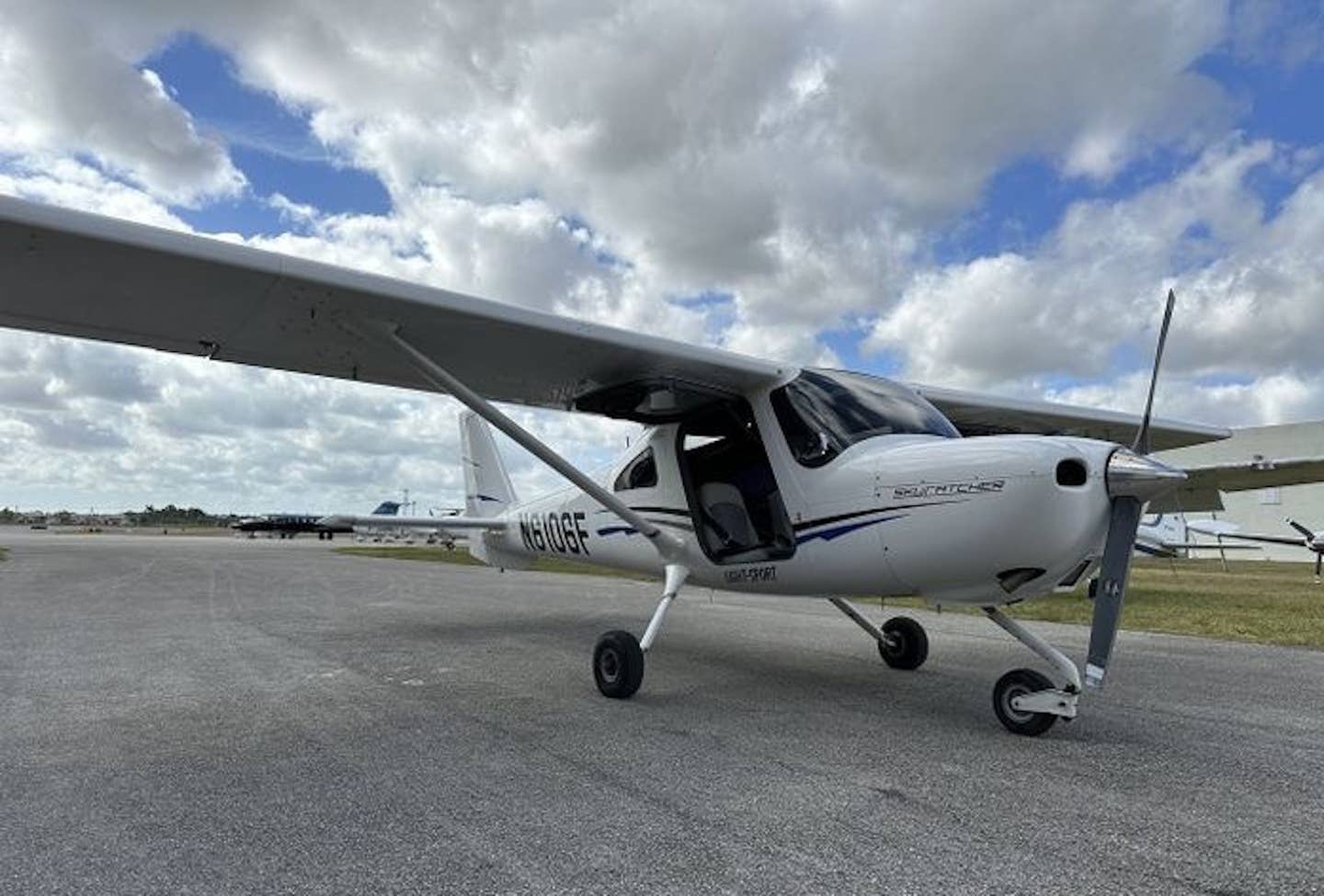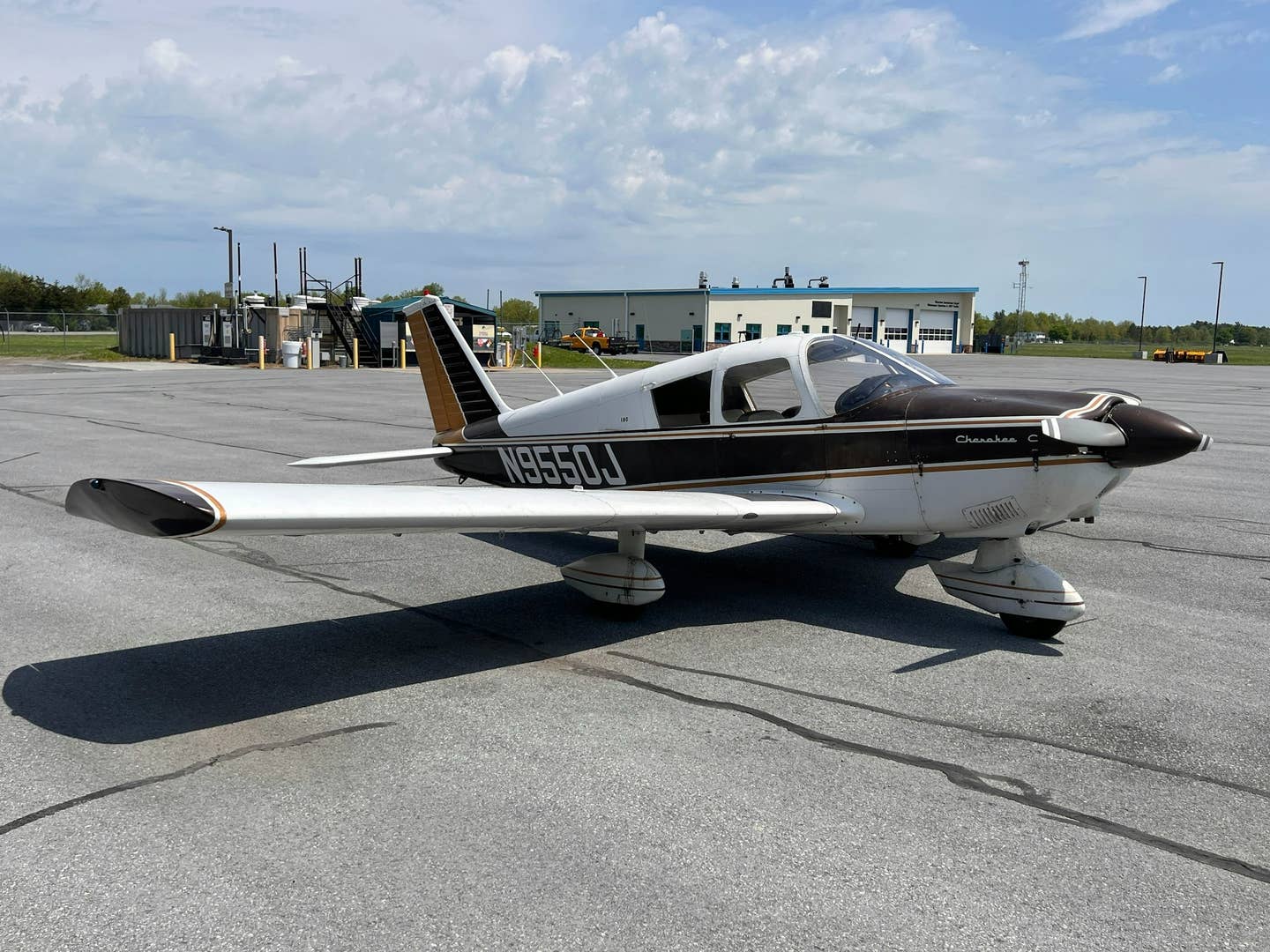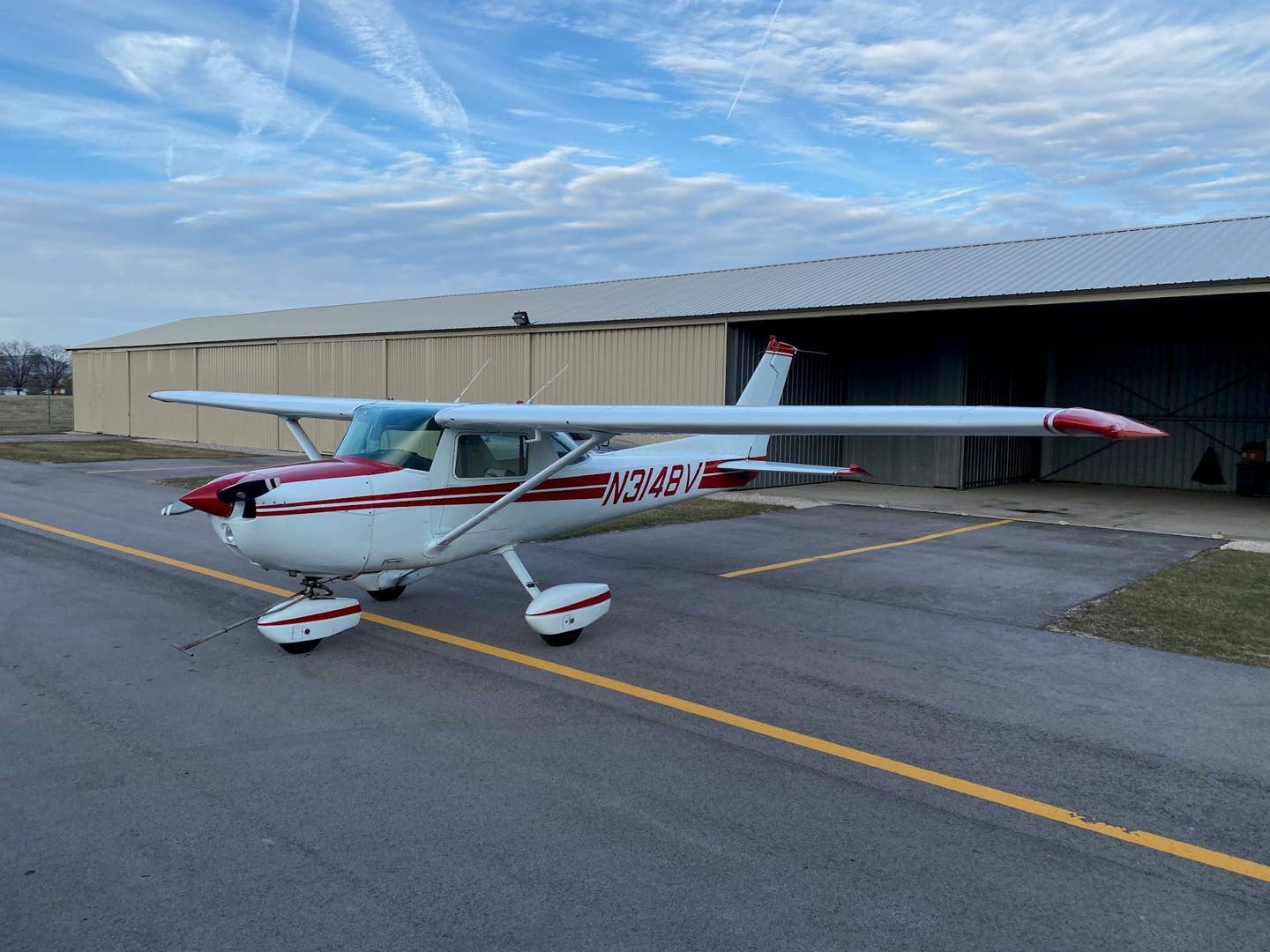Icelandic Volcano Puts Aviation on Alert
By Amy Wilder As seismic activity increases beneath Iceland’s Fagradalsfjall volcano, experts warn of a potential eruption that could have far-reaching consequences for air travel. The Icelandic Meteorological Office has…

A recent Fagradalsfjall Volcano eruption, Iceland. [Adobe Stock/Mateusz]
By Amy Wilder
As seismic activity increases beneath Iceland's Fagradalsfjall volcano, experts warn of a potential eruption that could have far-reaching consequences for air travel. The Icelandic Meteorological Office has been closely monitoring the situation, raising the alert level, and prompting discussions about the potential impact on both commercial and general aviation operations.
The Icelandic Met Office reports a surge in seismic activity near the volcano, signaling a possible eruption in the coming days and prompting the evacuation of nearby Grindavik.
The memory of the 2010 eruption of Eyjafjallajökull looms large in the collective consciousness. The event led to widespread disruptions in the aviation industry, with volcanic ash clouds drifting across Europe, causing the largest peacetime closure of the continent's airspace. The closure affected approximately 100,000 flights, stranding millions of passengers and resulting in an estimated economic impact of billions of dollars lost. More recently, the 2014 eruption of Bárðarbunga led to temporary airspace closures and flight diversions.
The Keflavik International Airport (BIKF) in Iceland holds particular significance for general aviation pilots navigating across the Atlantic. Serving as a vital waypoint between Europe and North America, Keflavik is a crucial refueling and stopover point for smaller aircraft making transatlantic crossings. An eruption near Keflavik could impact flight routes, necessitating alternative plans for GA pilots navigating the challenging Atlantic airspace.
- READ MORE: Ferrying for Television
Volcanic ash clouds pose a significant threat to aviation, as they can damage aircraft engines and pose risks to flight safety. The U.S. Geological Survey emphasizes that volcanic ash clouds are composed of fine particles and glass that can cause engine failure and damage crucial aircraft components.
- READ MORE: Weather Hazards
Pilots are advised to stay informed about volcanic activity and exercise caution when flying near affected regions. The USGS provides guidelines on how pilots can identify volcanic risk and take necessary precautions. Some tips include:
- Monitoring volcanic ash advisories: Pilots should regularly check for volcanic ash advisories issued by relevant authorities. These advisories provide real-time information on the location and concentration of volcanic ash clouds, and may include SIGMETs, NOTAMs, and any USGS-issued volcano observatory notice for aviation (VONA).
- Weather radar and satellite imagery: Utilizing advanced weather radar and satellite imagery can help pilots identify volcanic ash clouds and plan alternative flight paths to avoid potential hazards.
- Communication with Air Traffic Control: Maintaining open communication with ATC is crucial during volcanic events. Pilots are encouraged to report any encounters with volcanic ash and follow controllers’ instructions promptly.
- Volcanic risk assessment: Pilots should recognize and assess volcanic risk factors. These include understanding the characteristics of volcanic ash clouds and their potential impact on aircraft systems, and evaluating the potential risk when making a go/no-go decision.
While the situation in Iceland is unfolding and being closely monitored, airlines and aviation authorities worldwide are preparing for potential disruptions. Passengers are advised to check with their airlines for updates on flight schedules and be aware of the evolving situation as experts work to mitigate the potential impact of the impending volcanic eruption.

Subscribe to Our Newsletter
Get the latest Plane & Pilot Magazine stories delivered directly to your inbox






